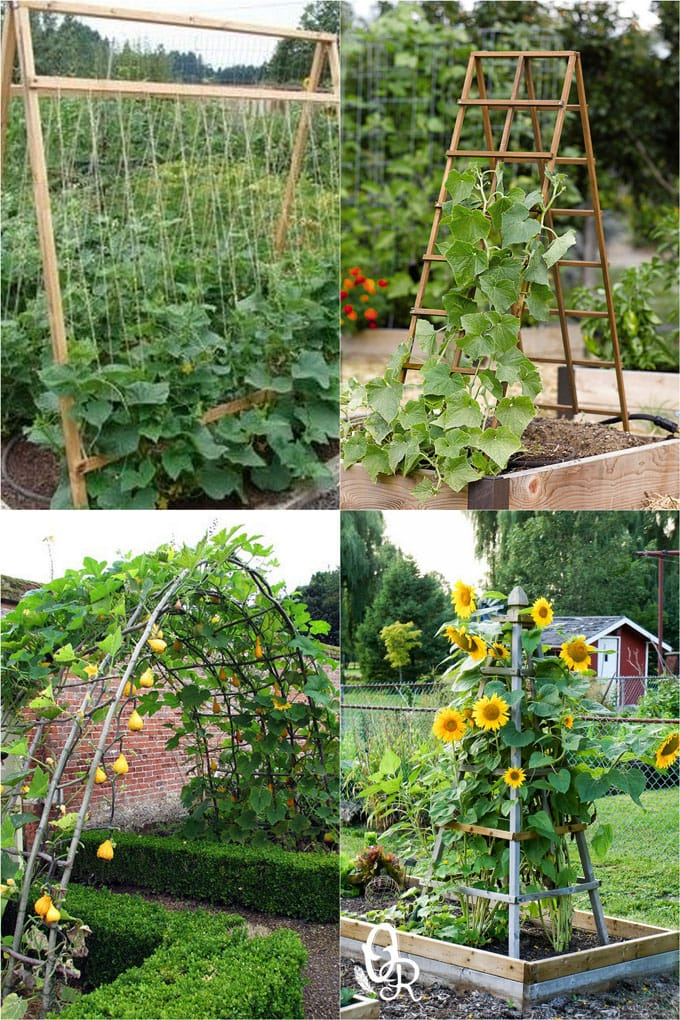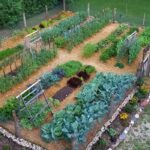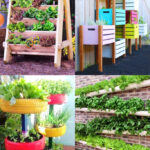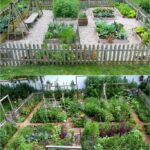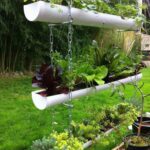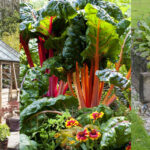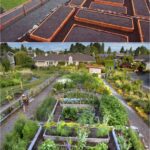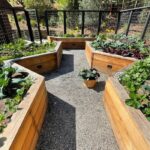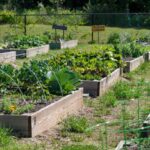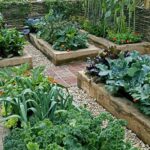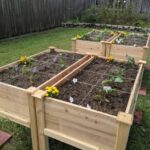One creative and space-saving idea for a veggie garden is to utilize vertical gardening techniques. This can involve using hanging baskets, trellises, or stacking containers to grow plants upwards instead of outwards. Vertical gardens not only maximize limited space but also provide better air circulation and easier access for harvesting.
Another innovative idea is to incorporate edible plants into your existing landscaping. Instead of dedicating a separate area for a traditional veggie garden, consider planting vegetables among your flowers and shrubs. This not only adds beauty to your outdoor space but also makes use of underutilized areas for growing delicious and nutritious produce.
For those with limited space, container gardening is a fantastic solution. Containers can be placed on patios, balconies, or even windowsills to grow a variety of vegetables. Choose containers that are the appropriate size for the plant you are growing, and make sure they have proper drainage to prevent waterlogged soil. Container gardening allows for flexibility and mobility, making it an ideal option for apartment dwellers or those with small yards.
If you have a larger yard, consider creating different themed garden beds for your vegetables. For example, a salsa garden could include tomatoes, peppers, onions, and cilantro, while a stir-fry garden could feature bok choy, snap peas, and ginger. Themed garden beds not only make planting and harvesting more organized but also allow for a diverse range of crops to be grown in one area.
Raised beds are another great option for veggie gardening, as they provide better drainage, soil aeration, and pest control compared to traditional in-ground garden beds. Raised beds can be constructed from various materials such as wood, stone, or even recycled materials like old tires or pallets. They also make gardening more accessible for those with mobility issues, as they can be built at a height that is comfortable for the gardener.
Lastly, consider incorporating companion planting techniques in your veggie garden. Companion planting involves pairing vegetables that benefit each other when grown in close proximity. For example, planting marigolds alongside tomatoes can help to deter pests, while growing beans near corn can provide necessary nitrogen for the corn to thrive. By strategically planning your veggie garden layout using companion planting principles, you can promote healthier plants and increase overall yield.
